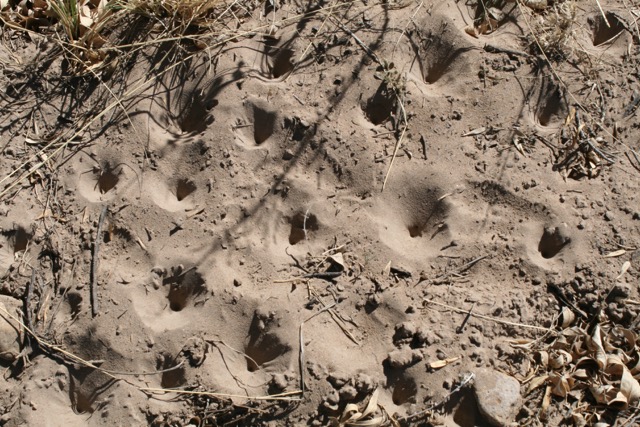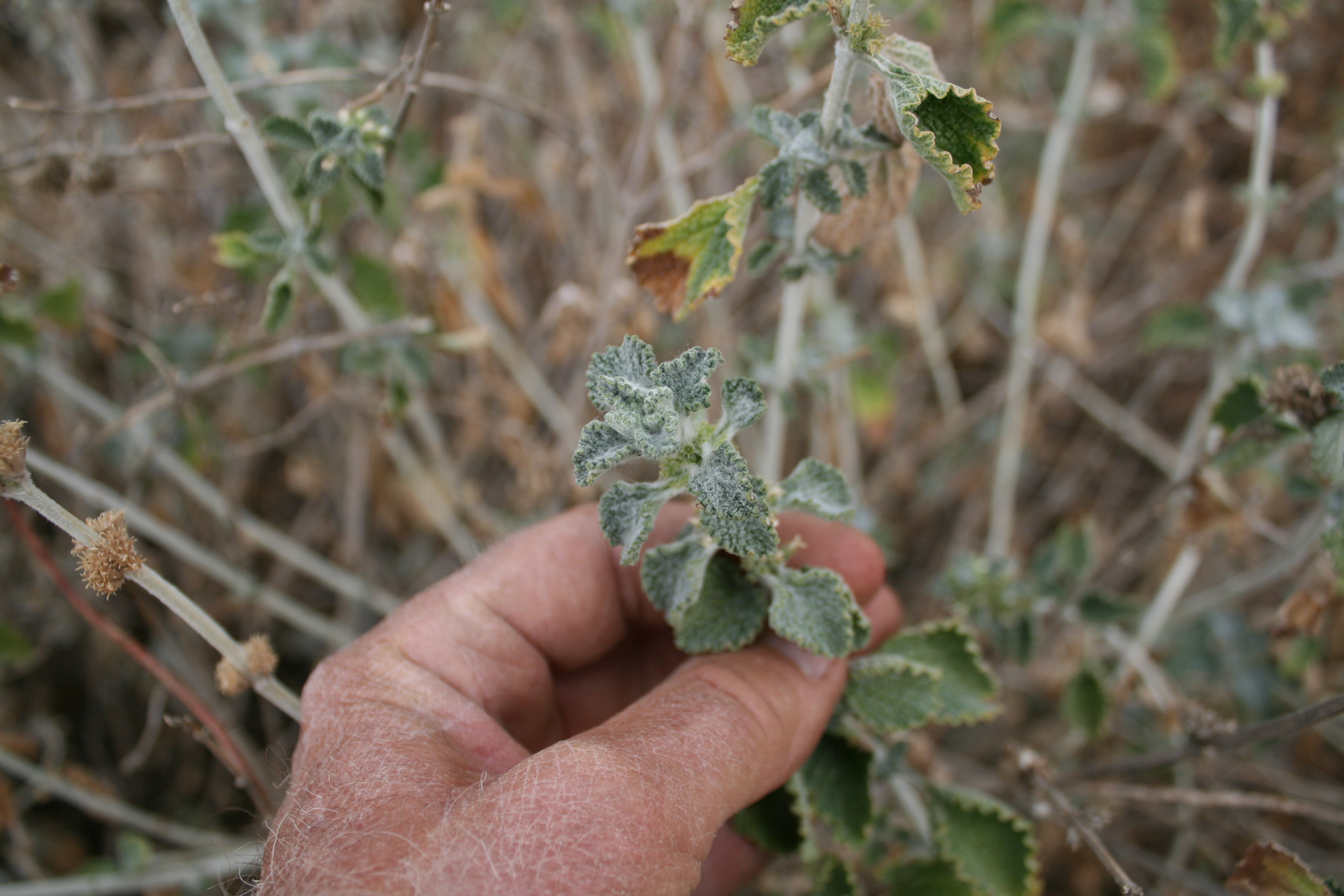The flood that I’m talking about in this show was certainly the biggest we had experienced at our place and some folks that have lived in the area longer noted that it was the biggest they had seen it in thirty years. That less than a nanosecond in geologic time and when I look at the lay of the creek you can tell that it has run that wide before, just not recently in relation to our lives. It certainly was a reminder of the power of water and reminded Ms. Mesquitey and me of other floods we had seen or experienced like the Rillito River in Tucson or Aravaipa Creek back in the early 1980s. In the aftermath of the flood it was interesting to walk the new lay of the land. Flowing water had moved soil and rocks and trees to new locations and that won’t change until the next big flow comes down from the mountains. I hope I’m around so I can say, “You should have been here 2017. Now that was a flood!”
Amorpha fruticosa is a beautiful riparian shrub, especially in bloom, but make no mistake it does love water, so probably not a wise choice for a landscape plant in the arid southwest unless of course you live by a creek.
A couple notes: the photo is mine and was taken as the water was receding, but can give you sort of an idea how the water spread out into several channels across the land where it hadn’t been in many years

Here are some photos I took out along the ‘Ol Guajolote of the cones made in the sand by antlions, an antlion in my...

There are a dozen species of Melampodium and I wonder which one Linnaeus was looking at when he honored Melampus with the genus name....

There is a large batch of horehound (Marrubium vulgare) under a mesquite in our yard. Well, along a fence line that defines “our yard”....